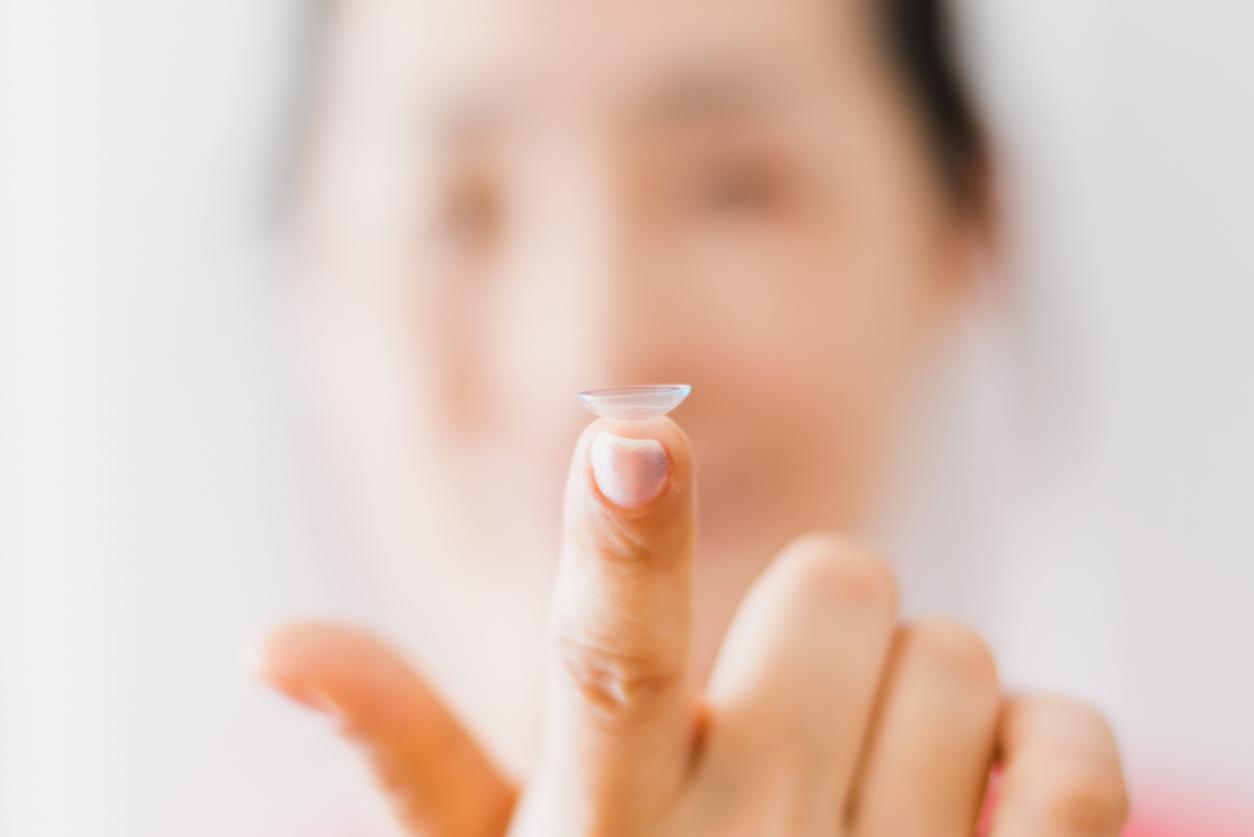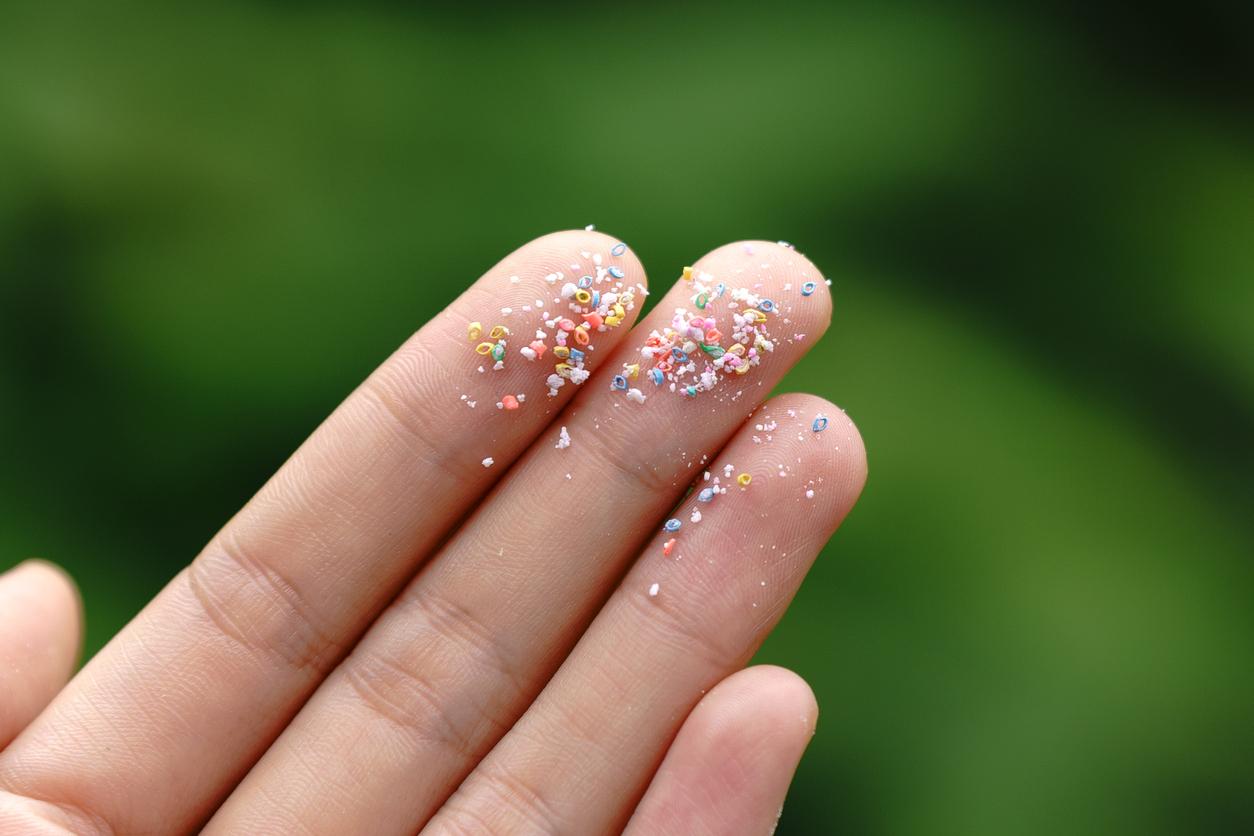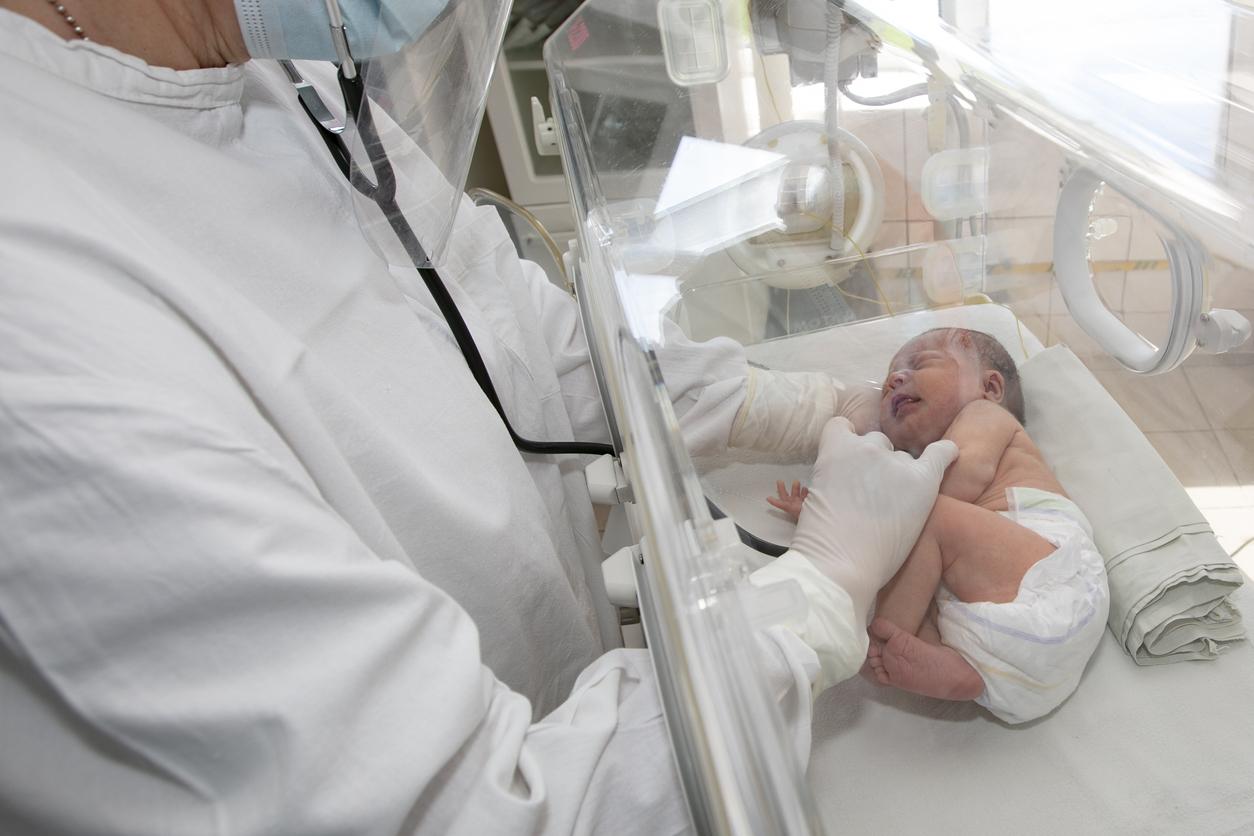These sexual objects would contain high concentrations of phthalates.

- Sex toys “constitute a category of consumer products whose risks are not sufficiently understood”.
- Four types of sex toys available on the market have been broken down in real time.
- These contained micro and nanoplastics as well as high levels of phthalates.
“Consumers expect the products they buy to be safe. (…) Sex toys are a category of consumer products whose risks are not sufficiently understood, communicated and managed, despite being designed to interact with the most intimate and permeable parts of our body”, reported researchers from Duke University (USA).
Microplastics found in four models of sex toys
In a recent study, they analyzed four types of sex toys available, which are supposed to be used in different ways: a double vibrator, anal beads, an anal toy and an external vibrator. For the purposes of the work, the scientists used an abrasion machine to break down these toys into microplastics and nanoplastics in real time. Then, the microplastics of the sex toys were extracted using solvents and analyzed.
According to the authors, the rates of microplastics and nanoplastics released during the abrasion tests, from highest to lowest, were those of the anal toy, beads, double vibrator and external vibrator. “The results identify the anal toy as polyethylene terephthalate (PET), the anal beads as polyvinyl chloride (PVC), the external vibrator as a silicone blend (polydimethylsiloxane [PDMS]), and the double vibrator as a rubber mixture (polyisoprene)”, can we read in the research published in the journal Microplastics and Nanoplastics.
The presence of phthalates declared as endocrine disruptors
The team also noted the presence of phthalates known to be endocrine disruptors in all the sex toys tested. Their levels exceeded the amount prohibited in other everyday objects. “These exploratory data point to potential concerns, highlight research questions, and the need to quickly prioritize protective actions. Therefore, future work and actions are needed to understand and reduce risks. related to this category of products”, concluded the scientists.

















